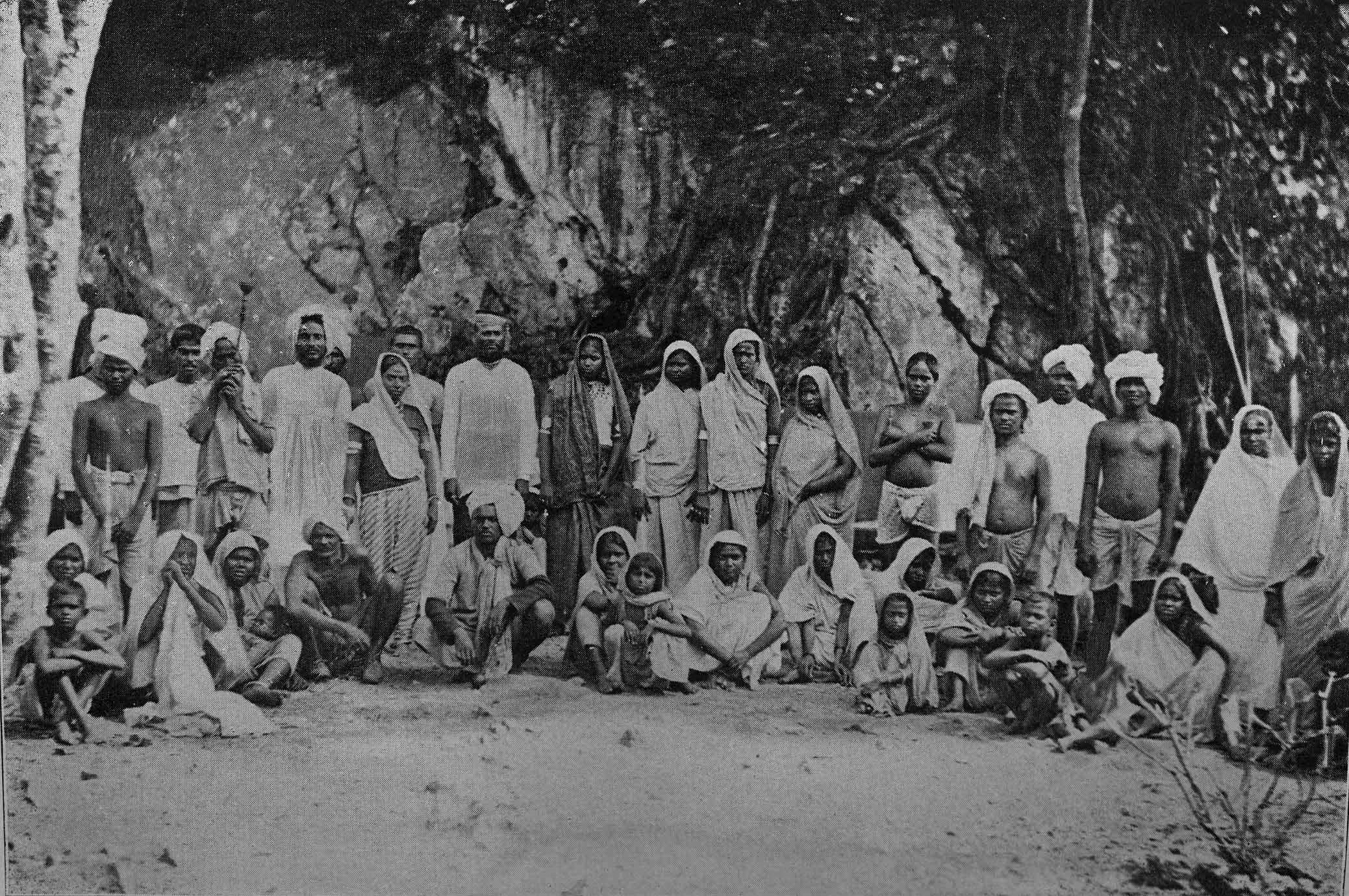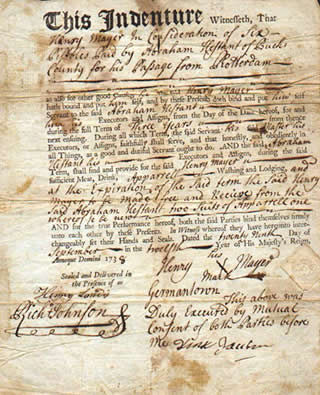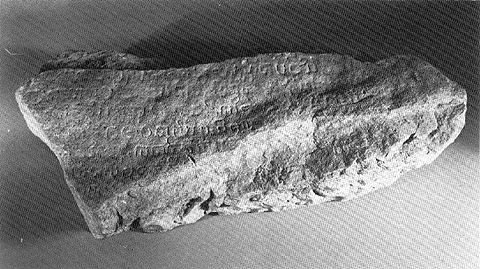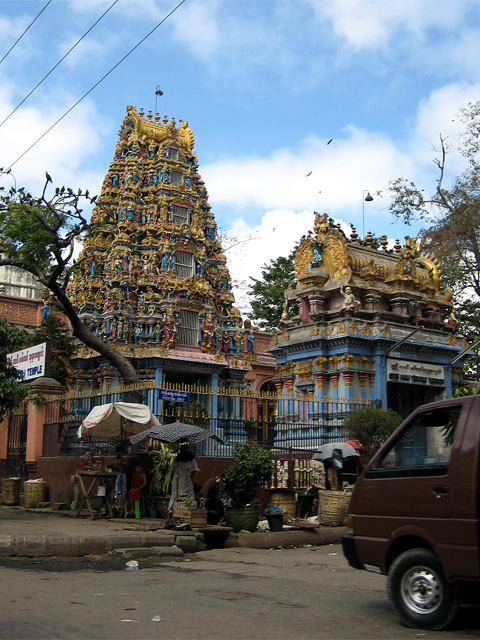|
Indian Indenture System
The Indian indenture system was a system of indentured servitude, by which more than 1.6million workers from British India were transported to labour in European colonies as a substitute for Atlantic slave trade, slave labour, following the Abolitionism, abolition of the trade in the early 19th century. The system expanded after the abolition of slavery in the British Empire in Slavery Abolition Act 1833, 1833, in the French colonial empire, French colonies in 1848, and in the Dutch Empire in 1863. British Indian indentureship lasted until the 1920s. This resulted in the development of a large South Asian diaspora in the Caribbean, Colony of Natal, Natal (South Africa), Réunion, Mauritius, and Fiji, as well as the growth of Indian South Africans, Indo-South African, Indo-Caribbean, Indo-Mauritian and Indo-Fijian populations. Sri Lanka, Malaysia, and Myanmar had a similar system, known as the Kangani system. Indian Tamils of Sri Lanka, Indo-Lankan Tamil, Malaysian Indians, Indo-M ... [...More Info...] [...Related Items...] OR: [Wikipedia] [Google] [Baidu] |
Indentured Servitude
Indentured servitude is a form of labor in which a person is contracted to work without salary for a specific number of years. The contract called an " indenture", may be entered voluntarily for a prepaid lump sum, as payment for some good or service (e.g. travel), purported eventual compensation, or debt repayment. An indenture may also be imposed involuntarily as a judicial punishment. The practice has been compared to the similar institution of slavery, although there are differences. Historically, in an apprenticeship, an apprentice worked with no pay for a master tradesman to learn a trade. This was often for a fixed length of time, usually seven years or less. Apprenticeship was not the same as indentureship, although many apprentices were tricked into falling into debt and thus having to indenture themselves for years more to pay off such sums. Like any loan, an indenture could be sold. Most masters had to depend on middlemen or ships' masters to recruit and transport ... [...More Info...] [...Related Items...] OR: [Wikipedia] [Google] [Baidu] |
Indo-Mauritian
Indo-Mauritians are Mauritians who trace their ethnic ancestry to the Republic of India or other parts of the Indian subcontinent in South Asia now known as Nepal and Pakistan. History During the administration of the French East India Company until 1767 and subsequent French rule at least 12,000 workers arrived from India between 1721 and 1810 before the abolition of slavery. These first Indian immigrants came from various parts of India such as Pondicherry, Karikal, Yanaon, Bengal and others. They worked under contract as skilled stonemasons, blacksmiths, and carpenters although hundreds of them were slaves. Some Malbars from Reunion (Bourbon) Island were also brought to work with them. After the legislative changes of 1767, these Indian immigrants were allowed to start their own businesses, buy a land and have slaves too. Following the November 1810 British Invasion from the northern coast, the island came under British rule. With the liberation of about 65,000 Africa ... [...More Info...] [...Related Items...] OR: [Wikipedia] [Google] [Baidu] |
Visual Art Of The First Indentured Indian Labourers Arriving In Mauritius (1834)
The visual system is the physiological basis of visual perception (the ability to detect and process light). The system detects, transduces and interprets information concerning light within the visible range to construct an image and build a mental model of the surrounding environment. The visual system is associated with the eye and functionally divided into the optical system (including cornea and lens) and the neural system (including the retina and visual cortex). The visual system performs a number of complex tasks based on the ''image forming'' functionality of the eye, including the formation of monocular images, the neural mechanisms underlying stereopsis and assessment of distances to (depth perception) and between objects, motion perception, pattern recognition, accurate motor coordination under visual guidance, and colour vision. Together, these facilitate higher order tasks, such as object identification. The neuropsychological side of visual information proce ... [...More Info...] [...Related Items...] OR: [Wikipedia] [Google] [Baidu] |
Kenya-Uganda Railway
The Uganda Railway was a metre-gauge railway system and former British state-owned railway company. The line linked the interiors of Uganda and Kenya with the Indian Ocean port of Mombasa in Kenya. After a series of mergers and splits, the line is now in the hands of the Kenya Railways Corporation and the Uganda Railways Corporation. Construction Background Before the railway's construction, the Imperial British East Africa Company had begun the Mackinnon-Sclater road, a ox-cart track from Mombasa to Busia in Kenya, in 1890. In July 1890, Britain was party to a series of anti-slavery measures agreed at the Brussels Conference Act of 1890. In December 1890, a letter from the Foreign Office to the treasury proposed constructing a railway from Mombasa to Uganda to disrupt the traffic of slaves from its source in the interior to the coast. With steam-powered access to Uganda, the British could transport people and soldiers to ensure dominance of the African Great Lakes re ... [...More Info...] [...Related Items...] OR: [Wikipedia] [Google] [Baidu] |
Indian Diaspora In East Africa
The Indian diaspora in Southeast Africa consists of approximately 3 million people of Indian origin. Some of this diaspora in Southeast Africa arrived in the 19th century from British India as indentured labourers, many of them to work on the Kenya–Uganda railway. Others had arrived earlier by sea as traders. Today, the Indian community in Southeast Africa is largely affluent and plays leading roles in the region's business sector and dominate the economies of many countries in the region. Sub-groups Indian Ocean islands * Indians in Madagascar * Indo-Mauritian ( Bihari) * Réunionnais of Indian origin ( Malbars) * Indo-Seychellois Mainland Southeast Africa * Indians in Kenya * Indians in Mozambique * Indians in Tanzania * Indians in Uganda * Indians in Zambia * Indians in Botswana * Indian South Africans * Indians in Zimbabwe History Indian trade activities and settlements in Southeast Africa may date back to the late 1st millennium CE. Muhammad al-Idrisi, an ... [...More Info...] [...Related Items...] OR: [Wikipedia] [Google] [Baidu] |
Indian Singaporeans
Indian Singaporeans are Singaporeans of Indian people, Indian or of general South Asian diaspora, South Asian ancestor, ancestry. They constitute approximately 9.0% of the country's residents, making them the third largest ancestry and ethnic group in Singapore. While Greater India, contact with ancient India left a deep impact on Singapore's indigenous Malay Singaporeans, Malay culture, the mass settlement of Indians on the island began with the Founding years of modern Singapore, founding of modern Singapore by the British Empire in 1819. Initially, the Indian population was transient, mainly comprising young men who came as workers and soldiers. By the mid-20th century, a settled community had emerged, with a more balanced sex ratio, gender ratio and a better demographic profile, spread of age groups. Indian Singaporeans are linguistically and religiously diverse, with ethnic Tamils forming a plurality – although there are significant amounts of Singaporeans of South Asia ... [...More Info...] [...Related Items...] OR: [Wikipedia] [Google] [Baidu] |
Burmese Indians
Burmese Indians are a group of people of Indian origin who live in Myanmar (Burma). The term 'Burmese Indian' refers to a broad range of people from South Asia, most notably from present-day countries such as India and Bangladesh. While Indians have lived in Burma for many centuries, most of the ancestors of the current Burmese Indian community emigrated to Burma from the start of British rule in the mid-19th century to the separation of British Burma from British India in 1937. During colonial times, ethnic Indians formed the backbone of the government and economy serving as soldiers, civil servants, merchants, moneylenders, mobile laborers and dock workers. A series of anti-Indian riots in the 1930s and mass emigration at the onset of the Japanese invasion of Burma in 1942 were followed in the 1960s by the forced migration of hundreds of thousands of ethnic Indians, exacerbated by internal conflict in Myanmar. Burmese Indians today are estimated to account for approximately 5% ... [...More Info...] [...Related Items...] OR: [Wikipedia] [Google] [Baidu] |
Malaysian Indians
Indo-Malaysians are Malaysian of South Asian ancestry. Most are descendants of those who migrated from India to British Malaya from the mid-19th to the mid-20th centuries. Most Malaysian Indians are ethnic Tamils; smaller groups include the Malayalees, Telugus and Punjabis. Malaysian Indians form the fifth-largest community of Overseas Indians in the world. In Malaysia, they represent the third-largest group, constituting 7% of the Malaysian population, after the Bumiputera (combined grouping of ethnic Malays and other indigenous groups) and the Chinese. They are usually referred to simply as "Indians" in English, ''Orang India'' in Malay, "''Yin du ren''" in Chinese. Malaysia's Indian population is notable for its class stratification, with a significant elite and a large low income group within its fold. Malaysian Indians large percentage of professionals per capita by constituting 15.5% of Malaysia's professionals in 1999 has been reduced with substantial population c ... [...More Info...] [...Related Items...] OR: [Wikipedia] [Google] [Baidu] |
Indian Tamils Of Sri Lanka
Indian Tamils of Sri Lanka are Tamils, Tamil people of Indian origin in Sri Lanka. They are also known as Malayaga Tamilar, Hill Country Tamils, Up-Country Tamils or simply Indian Tamils. They predominantly descend from workers sent during the British Raj from South India, Southern India to Sri Lanka in the 19th and 20th centuries to work in coffee, tea and rubber plantations. Some also migrated on their own as merchants and as other service providers. These Tamil language, Tamil speakers mostly live in the central highlands, also known as the Malayakam or Hill Country, yet others are also found in major urban areas and in the Northern Province, Sri Lanka, Northern Province. Although they are all termed as Tamils today, some have Telugu people, Telugu and Malayalee origins as well as diverse South Indian caste origins. They are instrumental in the plantation sector economy of Sri Lanka. In general, socio-economically their standard of living is below that of the national average a ... [...More Info...] [...Related Items...] OR: [Wikipedia] [Google] [Baidu] |
Kangani System
The kangani system was a form of labour recruitment and organisation in parts of Southeast Asia under British colonial rule, generally in operation from the early 19th century until the early 20th century, specifically the areas now known as Myanmar, Malaysia, and Sri Lanka. The system was similar to indentured servitude and both were in operation during the same period, with the kangani system becoming more popular from late 19th century onward. Under the kangani system, recruitment and management were taken up by people called the ''kangani'' (from the Tamil word for 'the one who observes' an equivalent for the English word foreman, the root word ''kan'' in Tamil meaning 'eye'), who directly recruited migrants from India, especially South India South India, also known as Southern India or Peninsular India, is the southern part of the Deccan Peninsula in India encompassing the states of Andhra Pradesh, Karnataka, Kerala, Tamil Nadu and Telangana as well as the union terri ... [...More Info...] [...Related Items...] OR: [Wikipedia] [Google] [Baidu] |
Myanmar
Myanmar, officially the Republic of the Union of Myanmar; and also referred to as Burma (the official English name until 1989), is a country in northwest Southeast Asia. It is the largest country by area in Mainland Southeast Asia and has a population of about 55 million. It is bordered by India and Bangladesh to its northwest, China to its northeast, Laos and Thailand to its east and southeast, and the Andaman Sea and the Bay of Bengal to its south and southwest. The country's capital city is Naypyidaw, and its largest city is Yangon (formerly Rangoon). Early civilisations in the area included the Tibeto-Burman-speaking Pyu city-states in Upper Myanmar and the Mon kingdoms in Lower Myanmar. In the 9th century, the Bamar people entered the upper Irrawaddy River, Irrawaddy valley, and following the establishment of the Pagan Kingdom in the 1050s, the Burmese language and Culture of Myanmar, culture and Buddhism in Myanmar, Theravada Buddhism slowly became dominant in the co ... [...More Info...] [...Related Items...] OR: [Wikipedia] [Google] [Baidu] |







